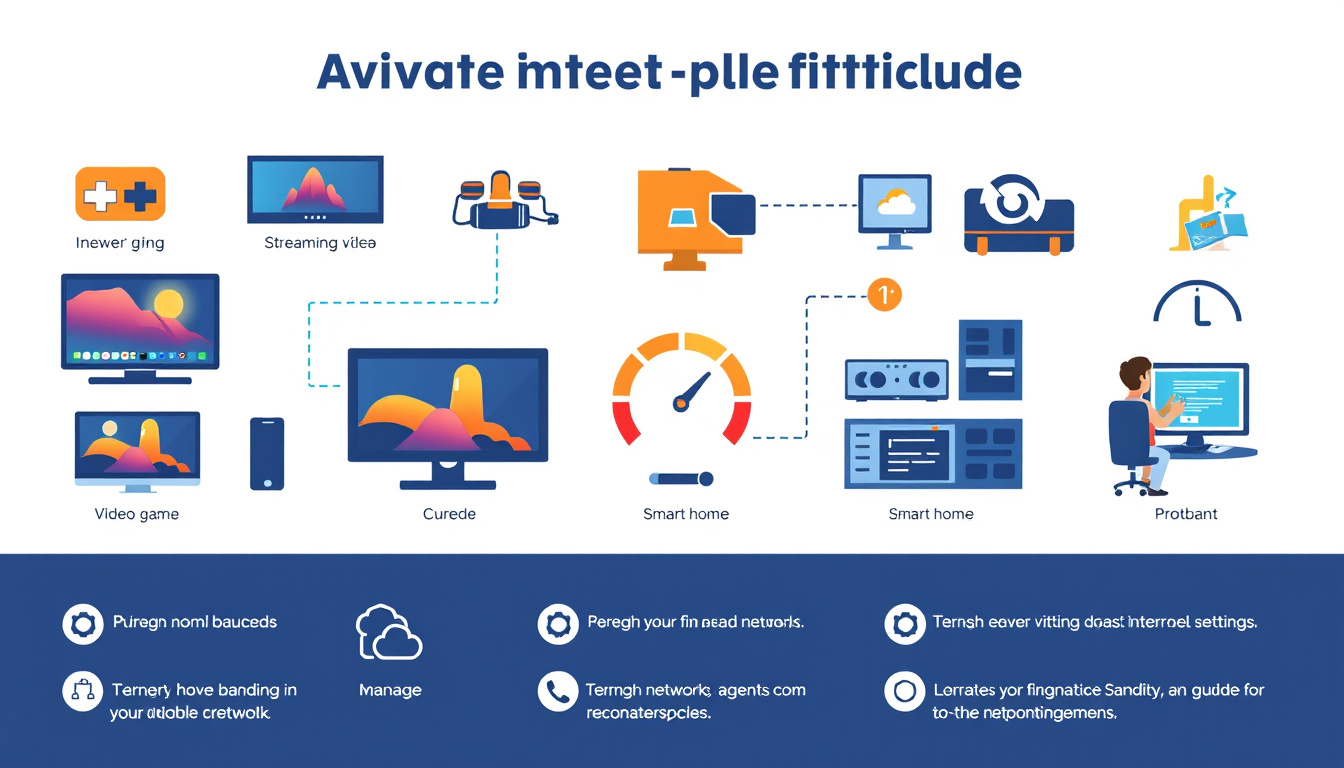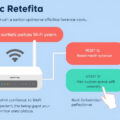In today’s digital age, a reliable and fast internet connection is crucial for both personal and professional tasks. However, many users experience frustrating slowdowns due to bandwidth hogs—devices or applications that consume an excessive amount of network resources. Understanding and managing these bandwidth consumers is essential for optimizing your internet experience.

This guide will help you identify these culprits, understand their impacts, and implement effective strategies for management.
What Are Bandwidth Hogs?
Bandwidth hogs are typically devices, applications, or users that disproportionately utilize network bandwidth, leading to slower speeds for others sharing the same network. Common examples include streaming devices, online gaming, file sharing, and various applications that function in the background without user awareness.
Why Do Bandwidth Hogs Matter?
The impact of bandwidth hogs can manifest in several ways:
-
Decreased Network Performance: Excessive use of bandwidth can lead to increased latency, dropped connections, long loading times, and a generally sluggish internet experience, particularly during peak hours.
-
Financial Implications: For businesses, slow network performance can result in lost productivity and revenue. An e-commerce site suffering from lag during a critical transaction period risks losing potential customers.
-
User Frustration: Frequent network slowdowns can create dissatisfaction among users, affecting their work efficiency and enjoyment during leisure activities.
Common Bandwidth Hogs
Identifying the usual suspects can help you manage bandwidth better. Here are some of the most common bandwidth hogs:
-
Streaming Services: Platforms like Netflix and YouTube can consume a significant amount of bandwidth, especially when streaming in high definition (4K), which can use up to 16 GB per hour.
-
Online Gaming: Many modern games require a constant and high-speed internet connection, leading to potential network slowdowns.
-
File Sharing Applications: Programs that involve large uploads or downloads can monopolize bandwidth.
-
Smart Devices: Devices like smart TVs and IP security cameras often consume substantial bandwidth, particularly when streaming high-resolution video.
-
Background Applications: Malware or poorly optimized applications can silently consume bandwidth without the user’s knowledge.
Identifying Bandwidth Hogs
To effectively manage your bandwidth, you first need to identify the culprits. Below are some strategies and tools you can utilize:
1. Built-in Network Monitoring Tools
Most modern operating systems include tools to help you assess network usage:
-
Windows: Through the Data Usage feature found in Settings, you can monitor which applications are consuming bandwidth.
-
macOS: The Activity Monitor provides insights into network data usage by each process.
2. Advanced Network Diagnostic Tools
For more profound insights, you can use specialized network-diagnostic tools:
-
Wireshark: A free packet analyzer that lets you capture and analyze network traffic in real-time.
-
NetBalancer: A tool designed to monitor and control network traffic, providing an easy way to identify bandwidth hogs.
3. Flow Monitoring Tools
Tools that utilize flow monitoring, like NetFlow by Cisco, can provide detailed reports about which devices are using the most bandwidth, allowing for data-driven decisions on how to allocate resources.
4. Deep Packet Inspection (DPI)
DPI offers in-depth analysis by examining the data packets traveling on your network, determining their contents, and identifying applications contributing to bandwidth consumption.
Strategies to Manage Bandwidth Hogs
Once you’ve identified potential bandwidth hogs, it’s time to mitigate their impact. Here are effective strategies:
1. Set Usage Alerts
Using network monitoring tools, set alerts for unusual spikes in bandwidth consumption so you can address issues before they disrupt your service.
2. Create Bandwidth Policies
Establish guidelines regarding bandwidth usage, particularly in a workplace setting. This may include setting restrictions on streaming during work hours or implementing Acceptable Use Policies (AUPs).
3. Implement Quality of Service (QoS)
QoS settings allow you to prioritize bandwidth for critical applications and devices, ensuring essential tasks run smoothly while managing less important traffic.
4. Regular Malware Scans
Ensure that all devices on your network are regularly scanned for malware, which can significantly impact bandwidth availability.
5. Schedule Heavy Usage Periods
If possible, coordinate high-bandwidth activities—like file downloads or video streaming—during off-peak hours to minimize disruption.
Conclusion
Understanding and managing bandwidth hogs is essential for maintaining a smooth and efficient internet experience. By identifying the sources of high bandwidth usage and implementing strategic management practices, you can optimize your network performance and minimize frustrating slowdowns. With the insights from this guide, you can take proactive steps to ensure your internet connection remains robust and reliable, whether at home or in a professional environment.



